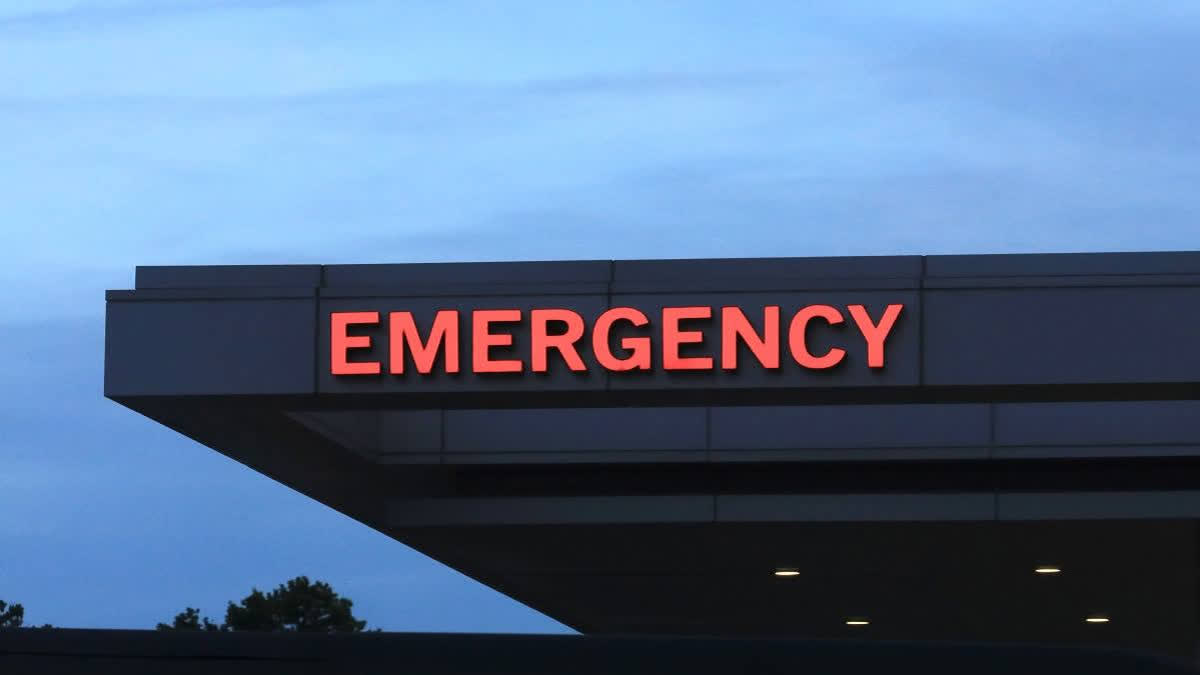New Delhi: Surveys conducted by physicians, nurses and paramedics in Indian Emergency Departments (EDs) revealed that workplace violence (WPV) in this critical department is an increasingly recognised challenge healthcare providers face in India.
According to the latest survey report highlighted by the International Journal of Emergency Medicine, verbal abuse, physical abuse, outside confrontation and stalking are some of the major issues healthcare providers are facing at present.
“Two hundred surveys were completed by physicians, nurses and paramedics in Indian EDs. Most reported events involved verbal abuse (68 per cent), followed by physical abuse (26 per cent), outside confrontation (17 per cent) and stalking (5 per cent). By far, the most common perpetrators of violence against healthcare workers were bystanders, including patient family members or other accompanying individuals. Notably, reporting was limited, with most cases conveyed to ED or hospital administration,” the report stated.
This study, violence in the Emergency Department: A Quantitative Survey Study of Healthcare Providers in India, aims to gain insight into the incidence and characteristics of WPV among ED healthcare providers in India.
The emergency department is especially susceptible to violence due to stressors, including high patient volume, acuity of illness, rotating staff and late working hours. Previous studies on violence in EDs have predominantly centred on developed countries with established laws and legal repercussions for violence against healthcare providers.
Limited research exists in low-resource settings where regulations protecting healthcare providers are less common. In such settings, emergency medicine is still developing and clear laws, regulations and enforcement mechanisms may be lacking in the ED. Patients may misunderstand available care in the ED and feel their needs are not met, potentially further exacerbating the risk of violence against healthcare workers.
Existing studies in low- and middle-income countries, including India, often focus on a single type of provider such as physicians, nurses, or paramedics. To address violence against emergency healthcare providers in India and resource-limited settings, understanding the issues related to violence in EDs is crucial.
“While this study revealed insights into ED providers’ unique challenges in India, its qualitative nature limits its generalisability, prompting a quantitative survey among ED healthcare providers at two Indian emergency departments. This study aims to understand better the issues surrounding WPV experienced by ED providers in India. This multicentre, quantitative study of WPV includes 1st-3rd year EM residents, nurses, paramedics, consultants, technicians, ambulance drivers and environmental services,” the report stated.
These results underscore the prevalence of WPV among Indian ED healthcare providers. High rates of verbal abuse followed by physical abuse are of concern. Most perpetrators of WPV against healthcare providers in this study were patient family members or bystanders rather than the patients themselves. It is imperative to prioritise implementing prevention strategies to create safer work environments for healthcare workers.
Speaking to ETV Bharat, Dr Tamorish Kole, chair, of the clinical practice committee, of the International Federation for Emergency Medicine (IFEM), said that the study reveals that workplace violence (WPV) is a significant issue in Indian emergency departments (EDs).
“Conducted across two geographically diverse EDs, the survey found that 68 per cent of healthcare providers experienced verbal abuse and 26 per cent encountered physical abuse, with patient family members or bystanders being the main perpetrators. The reporting of such incidents was notably limited, as many providers believed no action would be taken or feared retribution. This violence significantly affects providers' morale and decision-making, often causing them to focus on avoiding confrontation rather than delivering optimal patient care. This issue is of grave concern and necessitates urgent national-level intervention,” he said
The study also highlights several preventive measures to mitigate WPV, including improved communication between healthcare providers and patients, enhanced hospital security, and public education campaigns to raise awareness about respecting healthcare workers.
“Unique challenges in India, such as financial concerns and immediate out-of-pocket payments, were identified as significant contributors to the tension leading to violence, differentiating the situation from more developed countries. These findings emphasise the urgent need for systematic interventions to ensure safer work environments for healthcare providers in Indian Eds,” said Dr Kole.
According to Dr Kole, the government should enact stringent laws to protect doctors and healthcare providers from violence.
“The high incidence of verbal and physical abuse in emergency departments, as highlighted by this study, significantly undermines the morale and decision-making of medical professionals, thereby compromising patient care. Robust legal protections can deter potential perpetrators and ensure swift justice for victims, as demonstrated in countries with stringent regulations. Such measures are essential for maintaining a safe working environment, enhancing the quality of healthcare, and upholding the ethical responsibility of safeguarding those who serve society,” Dr Kole said.
Read more: Kashmir medics perform successful delivery amid earthquake tremors




